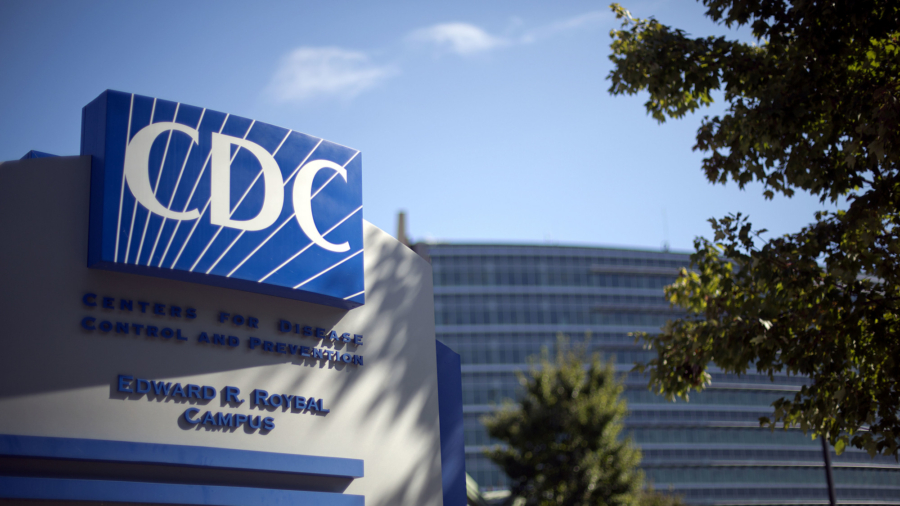As the country continued its cautious re-emergence from a pandemic-linked shutdown over the past week, the Centers for Disease Control and Prevention (CDC) updated its guidelines for how to end home isolation.
People who stayed home due to infection with COVID-19, the disease caused by the Chinese Communist Party (CCP) virus, commonly known as the novel coronavirus, can leave home under a number of conditions, as stipulated by the health agency.
Those who have not been tested for the virus to check if they’re contagious or not can leave home if they meet three conditions: one, no fever for at least 72 hours—but naturally, not due to fever-reducing medication; two, a visible reduction in other symptoms like coughing or shortness of breath; and three, at least ten days have passed since the first onset of symptoms.

People who have taken a COVID-19 test can leave their homes if they meet the following three conditions: one, no fever for at least 72 hours—but naturally, not due to fever-reducing medication; two, a visible reduction in other symptoms like coughing or shortness of breath; and three, two negative COVID-19 tests in a row, at least 24 hours apart.
Asymptomatic individuals who at one point tested positive for COVID-19 but have not taken a test to check if they’re still contagious can leave their homes under the following two conditions: one, at least ten days have passed since their first positive COVID-19 test; and two, they continue to have no symptoms, like cough or shortness of breath.
Those with no symptoms who at one point tested positive for COVID-19 and have taken another test to check if they’re contagious can leave their homes once they have had two negative COVID-19 tests in a row, at least 24 hours apart.

The agency notes that in all cases, people should follow the advice of their doctor and local health authorities.
All 50 states have eased restrictions put in place to try and blunt the spread of the virus, but new rules vary widely.

Across the world, many governments—even those where the virus is still on the rise—say they must shift their focus to saving jobs that are vanishing as quickly as the disease can spread.
In the United States and China, the world’s two largest economies, unemployment is soaring.
The Federal Reserve chairman has estimated that as many as 1 in 4 Americans could be jobless, while in China analysts estimate around a third of the urban workforce is unemployed.
Meanwhile, the virus is roaring through countries ill-equipped to handle the pandemic, which many scientists fear will seed the embers of a second global wave of infections.
From The Epoch Times.


